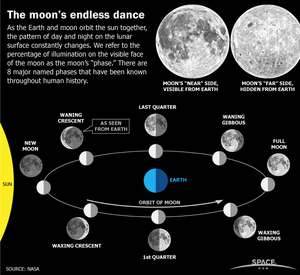
Source: MoA
Il sito di Gebel el-Silsila, antiche cave di arenaria situate tra Edfu e Kom Ombo nel sud dell’Egitto, continua a mostrare sempre di più la sua importanza nell’ambito funerario. Infatti, grazie alla missione di ricognizione dell’area diretta da Maria Nilsson e John Ward (Lund University, Svezia) che già lo scorso anno aveva individuato una quarantina di tombe rupestri, sono state scoperte altre 12 sepolture scavate nella roccia risalenti sempre al Nuovo Regno. Inoltre, sotto uno spesso strato di limo, sabbia e detriti, sono state ritrovate anche tre “cripte” (ancora non è chiara la definizione che, forse, si riferisce a strutture multiple ipogee), due nicchie dedicate alle offerte ai morti, tre sepolture infantili – due delle quali sfruttavano insenature naturali del promontorio – e una camera deposito per animali (una dozzina di pecore e capre, due persici del Nilo e un coccodrillo).
Ogni tomba presenta numerosi corpi che fanno pensare a interi gruppi familiari. Da questi resti ossei, sembrerebbe che gli individui fossero in salute perché mancano tracce evidenti di infezioni o malnutrizione, ma comunque soggetti a intensa attività fisica, come testimoniano le fratture, spesso curate, e le massicce inserzioni muscolari. La necropoli, nonostante sia stata quasi completamente saccheggiata, ha mantenuto parte dei corredi con ricchi sarcofagi scavati nella roccia e dipinti, altri in legno, amuleti, scarabei, gioielli, cartonnage, tessuti e contenitori ceramici che hanno datato le tombe ai regni di Thutmosi III (1479-1424) e Amenofi II (1424-1398).
Il sito della missione: http://gebelelsilsilaepigraphicsurveyproject.blogspot.it/


